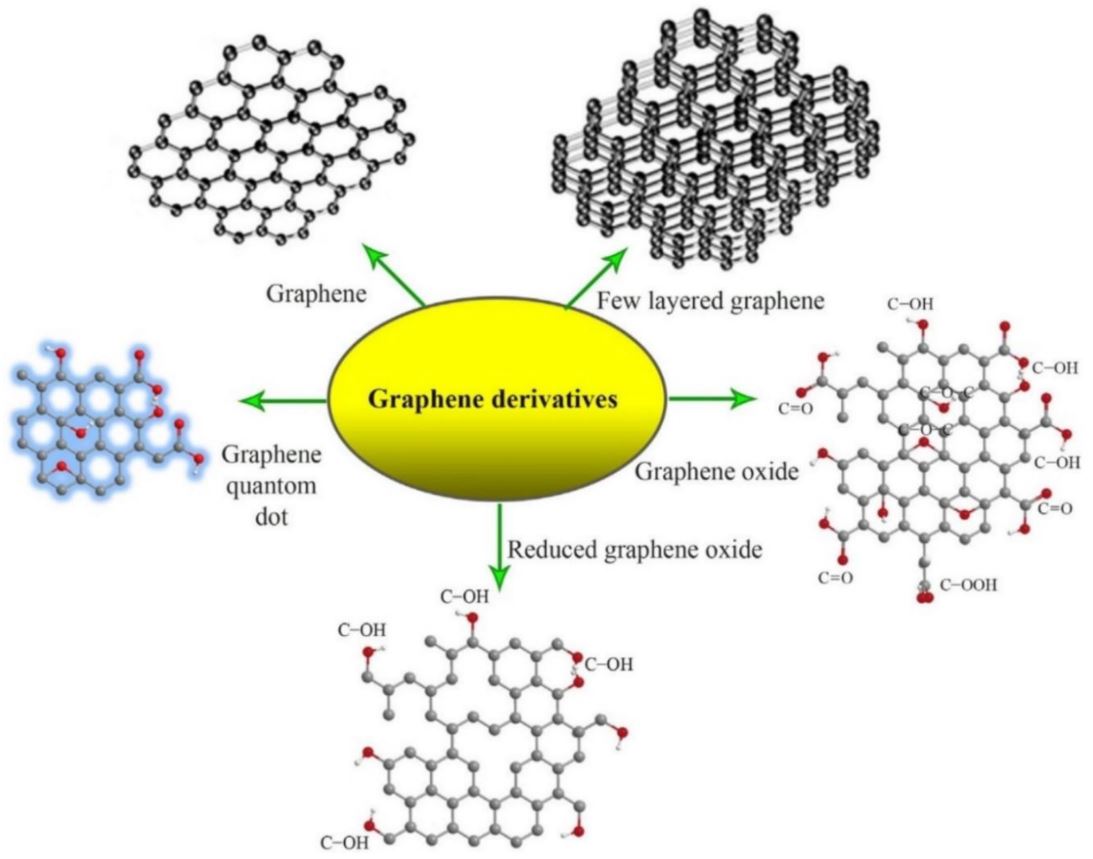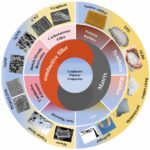 Since the groundbreaking discovery of graphene in 2004, this remarkable material has been making waves across various industries, from sensors to energy storage. Imagine a material that’s only one atom thick but boasts incredible strength and flexibility. That’s graphene for you, and it’s becoming a game-changer for sectors like automotive and aviation that are keen on cutting down weight and emissions.
Since the groundbreaking discovery of graphene in 2004, this remarkable material has been making waves across various industries, from sensors to energy storage. Imagine a material that’s only one atom thick but boasts incredible strength and flexibility. That’s graphene for you, and it’s becoming a game-changer for sectors like automotive and aviation that are keen on cutting down weight and emissions.
The European Union’s Graphene Flagship initiative, launched in 2013, is leading the charge in transforming graphene from a lab curiosity into a staple of industrial applications. This initiative brings together 13 research projects, all focused on weaving graphene and other two-dimensional materials into fields such as biomedicine, electronics, and energy.
When it comes to the future of energy storage, projects like GRAPHERGIA are at the forefront. They’re exploring how graphene can be a key player in sustainable energy solutions, especially through innovative methods like laser-based synthesis of graphene electrodes. Two exciting applications include self-powered smart textiles that harness biomechanical energy and sophisticated lithium-ion battery anodes designed for space exploration.
On another front, the ARMS project is tackling the energy density challenge in supercapacitors. By using graphene-rich bio-based materials and cutting-edge coating technologies like Atomic Layer Deposition, ARMS is working to boost supercapacitor performance, making them a serious contender against traditional batteries. This effort is all about sustainability, using bio-based materials and supporting a circular economy.
Both of these projects are pushing the envelope in energy storage, aiming to meet global energy demands while promoting sustainable solutions. By leveraging the unique properties of graphene and developing scalable production techniques, GRAPHERGIA and ARMS are setting new benchmarks for energy storage technologies, paving the way for a greener, more efficient future.








